Sir Frank Macfarlane Burnet OM AK KBE (1899–1985), medical scientist, was awarded the Nobel Prize for Medicine in 1960 for his work with Sir Peter Medawar on acquired immunological tolerance to tissue transplants. Burnet had earlier worked with Jean Macnamara to prove that there were at least two viruses causing poliomyelitis, and had isolated the Q fever bacterium, Coxiella burnetti. In 1941 he published The Production of Antibodies. Together with Frank Fenner, he produced a substantially revised version of this book in 1949. Broadly, it contained the discoveries for which Burnet was to win the Nobel Prize in 1960. Burnet worked for most of his career at the University of Melbourne’s Walter and Eliza Hall Institute of Medical Research, of which he was Assistant Director from 1928 to 1931 and Director from 1944 to 1965. His successor, Sir Gustav Nossal, described Burnet as ‘truly a lateral thinker, but a highly disciplined one’. One of a handful of Australians to have been awarded the Order of Merit – a stringently exclusive honour bestowed personally by the British sovereign – and one of only a dozen Australian men to have been made a Knight of the Order of Australia, Burnet is far and away the most recognised and decorated scientist to have elected to carry out the bulk of his research in this country, despite overtures from around the world.
Sir William Dargie CBE (1912–2003) painted Burnet after he had accepted his Nobel Prize and was named the first-ever Australian of the Year. The portrait shows Burnet investigating influenza virus, which was his major interest between 1940 and 1957. In the 1930s Burnet made what was probably the most noteworthy technical advance in microbiology by an Australian. This was the use of chick embryos (instead of expensive and inconvenient numbers of rabbits or mice) for the isolation and assay of animal viruses. By creating a large artificial airspace between the membrane around the embryo and the eggshell, he could inoculate the egg with measured amounts of viral material and count the ‘pocks’ that grew on the membrane. This is what he is about to do to the egg on the stand in the picture, using material taken from one of the test tubes in the wooden stand. Over sixty years later one of these procedures is still used for producing influenza vaccine.
Purchased 1999
© Roger Dargie and Faye Dargie
Sir William Dargie CBE (age 48 in 1960)
Sir Frank MacFarlane Burnet OM AK KBE (age 61 in 1960)
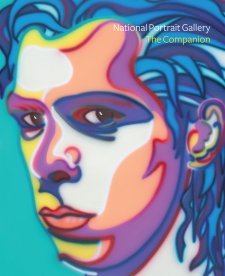
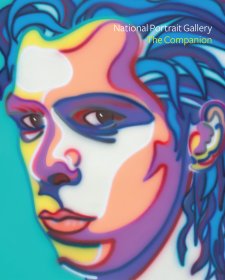
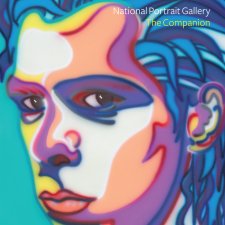
On one level The Companion talks about the most famous and frontline Australians, but on another it tells us about ourselves.
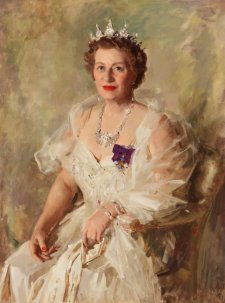
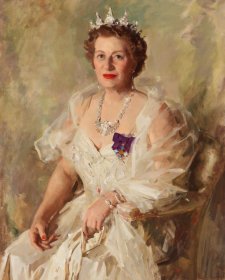
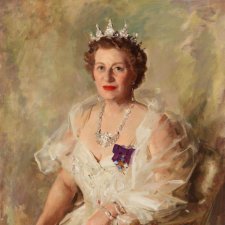
Angus Trumble treats the gallery’s collection with a dab hand.
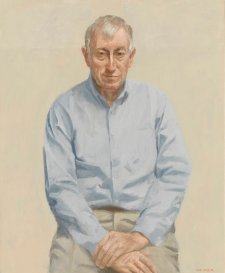

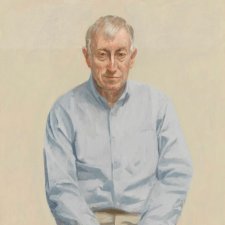
Scientists tend to conjure up images of men in white coats in labs but this is just one stereotype in an evolving history of how we have perceived scientists, and how their profession has been understood over the years.